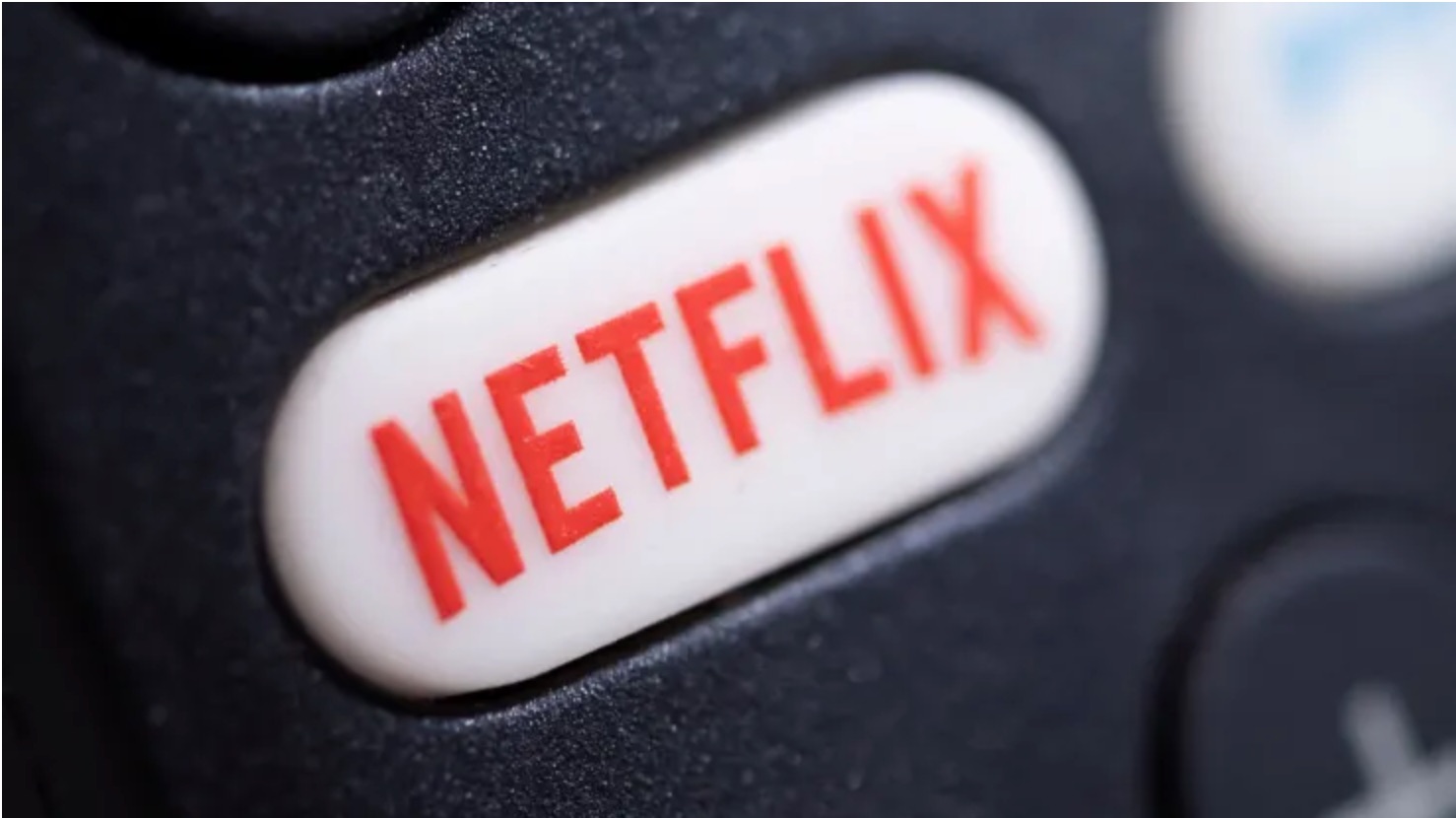$6.99 at Netflix and $1.70 at Starbucks are somewhat similar.
It all relates to price discrimination.
New Netflix Prices
On November 3rd, Netflix will launch its $6.99 “Basic With Ads” option. Consumers that want to pay less than its current $9.99 monthly minimum will have to view an average of four to five ads an hour. They also won’t have the usual movie and TV series options. But Netflix did say there would be no advertising during kids’ programs and new movies. CNBC tells us that the Netflix decision is their repsonse to plateauing subscriber growth and to competitors with cheaper plans.
Somewhat similarly, when Starbucks raised its prices during the beginning of 2010, it lowered the price of a tall regular to $1.70. But, if you wanted a splash of foam, a shot of espresso, or a touch of flavor, the addition could be expensive. For a triple grande soy vanilla latte, you would have paid a whopping $6.25. Their goal, I suspect was to attract coffee lovers who would spend a little and those who would spend a lot. For a basic cup of coffee, the price would be low. However, those who were willing and able to pay more would also be satisfied. In that way, Starbucks could retain a dual clientele.
Or, as Netflix CEO, Greg Peters explained, “We believe that with this launch, we’ll be able to provide a plan and a price for every Netflix fan.”
Our Bottom Line: Price Discrimination
Netflix and Starbucks are engaging in what economists call price discrimination. Defined as selling the same (or almost the same) good or service at different prices, price discrimination differentiates among customers. The perfect example is movie tickets. Movie theaters discriminate by charging senior citizens less.
In economics textbooks, price discrimination is typically discussed in chapters on monopoly. A monopoly and a smaller firm with a unique good or service have pricing power that enables them to target different customers with their prices and coupons. The other economic idea we can cite here is elasticity. The following econlib graphs show the difference between the people opting for $6.99 (the Normies) and those that stick with the pricer possibilities (The Nerdies):

Engaging in price discrimination, Netflix and Starbucks also are very aware of their customers’ price elasticity.
My soiurces and more: My Saturday favorite, the Slate Money podcast alerted me to the Netflix decision. From there, for detail, CNBC and NY Times articles were ideal. Then, do take a look at the past econlife that had my Starbucks facts and this Econlib on price discrimination.






